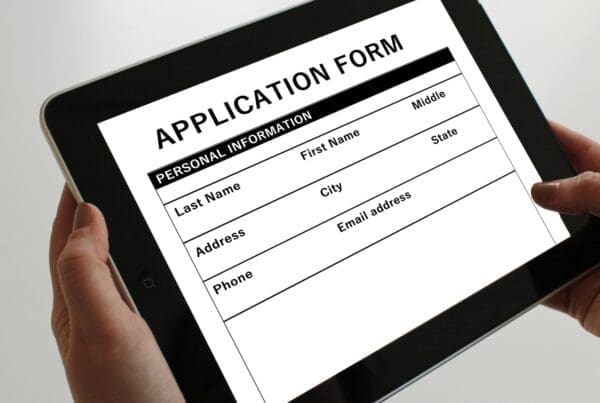In the wake of a Resignation, employers can find themselves navigating uncharted waters. Employees reevaluate their priorities, seek new opportunities, and leave organisations. As an employer or HR professional, how can you retain your top talent and weather the storm? What effective retention strategies can help you keep your workforce engaged, motivated, and committed?
- Add Monetary Incentives for Staying
Retention bonuses, share options, and other financial incentives can be powerful tools to encourage employees to remain with your organisation. How can you implement them effectively?
- Retention Bonuses:
Consider offering one-time or yearly bonuses to employees who stay beyond a certain tenure. These bonuses can be tied to specific milestones (e.g. completing three years of service) or critical periods (e.g. during high turnover seasons).
Be transparent about the criteria for earning these bonuses. Clear communication ensures that employees understand the value of their loyalty.
- Share Options and Equity:
Grant share options or equity shares to employees as part of their compensation package. This not only provides a financial incentive but also aligns their interests with the company’s long-term success.
Educate employees about the potential benefits of share ownership and how it ties into their overall compensation.
- Provide Better Career Opportunities
Investing in your employees’ professional growth is a win-win situation. When employees see a clear path for advancement within your organisation, they are more likely to stay committed.
- Professional Development Programs:
Develop robust training programs, workshops, and certifications. Encourage employees to acquire new skills and knowledge.
Create personal development plans (PDPs) that align with employees’ career aspirations. Regularly review and update these plans to ensure progress.
- Mentorship and Coaching:
- Pair employees with experienced mentors who can guide them in their career journey.
- Encourage cross-functional mentorship to broaden employees’ perspectives and foster collaboration.
- Elevate the Company’s Purpose
Employees want to work for organisations that stand for something meaningful. Clearly communicating your company’s mission, vision, and values can create a sense of purpose.
- Storytelling:
Share stories that highlight the impact your organisation makes. How have you positively affected customers, communities, or the environment?
Involve employees in these stories. Let them see how their work contributes to the bigger picture.
- Social Responsibility Initiatives:
Engage in corporate social responsibility (CSR) activities. Participate in community service, environmental conservation, or charitable causes.
Involve employees in these initiatives. Volunteering together can strengthen team bonds and reinforce purpose.
- Prioritise Culture and Connection
A positive work environment is essential for employee retention. Cultivate a culture that fosters collaboration, trust, and belonging:
- Team Building Activities:
Organise team-building events, both in-person and virtually. These activities promote camaraderie and create lasting memories.
Encourage cross-functional interactions. Break down silos and build bridges between departments.
- Recognition and Appreciation:
Regularly recognise employees’ contributions. Celebrate achievements, milestones, and exceptional performance.
- A simple “thank you” goes a long way. Express appreciation genuinely and frequently.
- Take Better Care of Employees and Their Families
A holistic approach to employee well-being pays off in retention. Consider the following:
- Comprehensive Benefits:
Offer competitive health insurance, retirement plans, and other benefits. Employees should feel secure and supported.
Consider additional perks like wellness programs, mental health resources, and flexible spending accounts.
- Flexible Work Arrangements:
Embrace flexibility. Allow remote work, flexible hours, and compressed workweeks.
Accommodate family needs, such as parental leave and childcare support.
- Embrace Flexibility
We’ve seen how work can adapt to changing circumstances. Be open to flexibility:
- Hybrid / Remote Work:
Create policies that support hybrid, remote or flexible employees and ensure their success.
Invest in technology and tools that facilitate seamless virtual collaboration.
- Individualised Approaches:
Recognise that each employee’s needs are unique. Customise solutions based on their preferences and circumstances.
Trust your employees to manage their time effectively, whether they’re working from home or the office.
Remember, retaining talent is not just about preventing turnover; it’s about creating an environment where employees thrive. By implementing these strategies, you’ll not only retain your best employees but also build a resilient and committed workforce ready.





